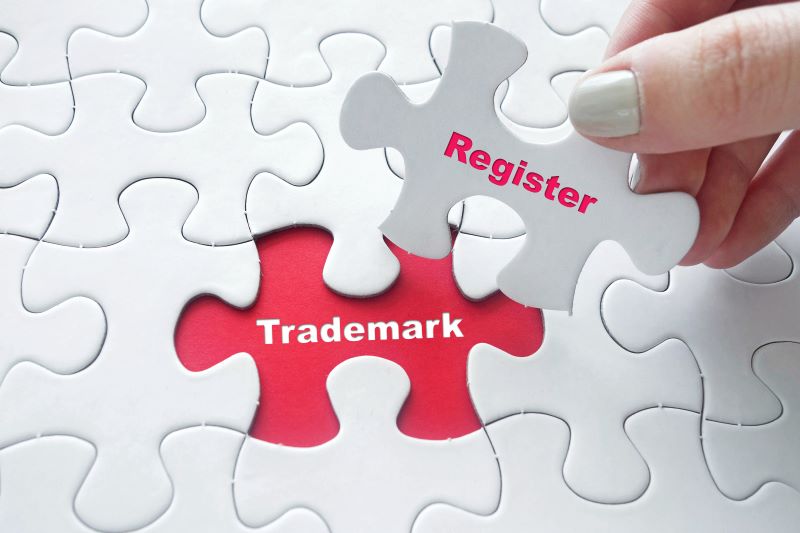Although full implementation of web 3.0 might still be far away, some of its key features (such as block-chain based decentralized applications) are already present, and many of us are trying to master or at least understand them.
This is why NFT and metaverse are the hot topics nowadays. We are driven to them by our innate desire to adapt to the new environment rather than by mere curiosity. Thus, despite those who are claiming that NFTs are nothing more than a hype and that metaverse and cryptocurrencies will not endure the test of time, we are more than aware that the technologies behind them will shape our future and that the internet as we know it is about to change.
This change is already visible in the world of brand protection. Many brand owners have experienced violations of their IP rights by NFT holders/creators who have minted their brand names/logos without authorization or by unauthorized use of their trademarks on some of the metaverse platforms. Cybersquatting in relation to block-chain domains has also started spreading like a plague. From what we can see, these new challenges are addressed differently by the brand owners, and while there are few willing to step into the unknown and take the fight to another level, the majority are still waiting for a more precise set of rules to be promulgated and effective strategies to be invented. Unfortunately, many brand owners have chosen to take a passive stance and hope that all these new technologies associated with the decentralized web will simply disappear and that the world will return to “normal”. While each one of us may freely choose to be a Luddite in our personal lives, brand owners may pay dearly for taking that path. Therefore, instead of hoping that the flood of new block-chain based, autonomous and artificially intelligent technologies will be dried out by the world’s rising demand for energy or financial crises, the brands should instead learn how to swim in these waters before they get over their heads.
First of all, the brands should carefully monitor all NFT and metaverse channels and platforms so they would timely spot any IP violations occurring in this space (see our separate articles titled NFTs and the Copyright Dilemma and NFT > Non-Fungible Token: Necessity of Filing a Trademark for details on how NFTs affect these IP rights). After analyzing the impact of these violations and remedies standing at their disposal, they should choose viable targets and strike them with the most effective enforcement actions. Sometimes, a simple delisting of an NFT from a marketplace will be enough, while on other occasions, a court action will be inevitable.
Secondly, the brands should make themselves “crypto-friendly” by adopting crypto currency transactions and opening their crypto wallets. This will allow them to acquire infringing NFTs, have better access to the entire block-chain community and make use of block-chain related services.
Last but not least, the brands should also set foot in the metaverse by using it for their own promotion. Once digital art, decentralized domains, virtual locations and other block-chain assets become part of their goodwill, the brands will be ready for web 3.0 and protecting their rights in these channels will have much more sense.
Successful brand protection in relation to decentralized web is an important step towards making it a friendly place especially for big multinational businesses who could then use all benefits of this new ecosystem to foster growth and development in the ever-changing marketplace.




